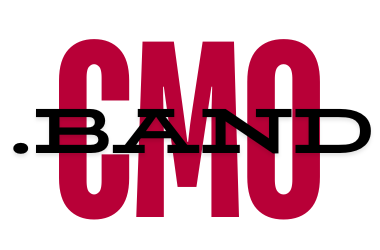How Starbucks Is Revolutionizing Customer Experience with Hyper-Personalization
In the ever-evolving landscape of digital marketing, hyper-personalization stands out as a beacon of innovation, driving customer engagement and loyalty to new heights. A prime example of a brand at the forefront of this revolution is Starbucks. The global coffee giant has been adeptly leveraging technology to create personalized experiences that resonate deeply with its customers, setting a benchmark in the industry.
The Power of Mobile Integration
Starbucks’ journey into hyper-personalization is anchored around its mobile app, which is much more than just a tool for mobile ordering. The app serves as a digital barista, tailored specifically to the individual preferences and behaviors of its users. With each interaction, the app gathers data, learning about users’ favorite drinks, usual locations, and even the time of day they typically place orders. This data is then used to customize the user interface and prioritize menu items based on past behaviors, making the ordering process both intuitive and efficient.
Leveraging AI for Enhanced Customer Experiences
Artificial Intelligence (AI) plays a pivotal role in Starbucks’ strategy. The company uses predictive analytics to not only personalize the customer experience but also to make business operations more efficient. For instance, by analyzing historical purchase data and external factors such as weather and holidays, Starbucks can predict likely orders at different times and prepare inventory accordingly. This not only reduces waste but also ensures that customers receive prompt service, enhancing overall satisfaction.
Rewarding Loyalty
At the heart of Starbucks’ digital strategy is its loyalty program, which is seamlessly integrated into its mobile app. The Starbucks Rewards program is a masterclass in the use of gamification to enhance customer loyalty. Members earn stars with every purchase, which can be redeemed for free drinks, food, or merchandise. The program is tiered, which incentivizes continued engagement by offering greater rewards as customers climb up the loyalty ladder.
What sets Starbucks’ loyalty program apart is its personalized offers. Based on individual purchase history, the app provides tailored promotions and discounts that are not only relevant but also timely. For example, if a customer regularly orders a particular drink, they might receive a discount on that drink or a suggestion to try a new, similar option they might enjoy.
Social Media Engagement
Starbucks also extends its hyper-personalization strategy to social media, where it engages with millions of customers. Its campaigns often encourage user-generated content, which provides a wealth of data about customer preferences. By analyzing this data, Starbucks can create highly targeted and personalized marketing campaigns. Moreover, Starbucks uses social media platforms to communicate directly with customers, respond to feedback, and manage customer service inquiries, making each customer feel heard and valued.
The Future of Customer Experience
Looking ahead, Starbucks shows no signs of slowing down in its quest to enhance the customer experience through technology. The company continues to invest in new technologies, including AI and machine learning, to further refine its personalization tactics. One potential future development could be the integration of augmented reality (AR) in its app, allowing customers to visualize their custom orders before making a purchase, or even find their way around larger store locations.
Starbucks’ approach to hyper-personalization serves as a powerful case study for digital marketers across all sectors. By effectively utilizing data and technology, the company has not only enhanced its operational efficiencies but has also managed to create a deeply personalized and engaging customer experience. This strategy has resulted in increased customer loyalty and satisfaction, driving revenue growth and setting Starbucks apart from competitors.
For businesses looking to replicate Starbucks’ success, the key takeaway is the importance of investing in technology that allows for the collection and analysis of customer data. However, the magic lies in using this data to create genuinely personalized experiences that add value to the customer, rather than simply using it for overt marketing.
In the age of information, where customers are bombarded with countless marketing messages, personalization is not just beneficial; it’s essential. Starbucks’ mastery of hyper-personalization is a clear indicator of the future path of customer service and marketing. Businesses that heed these insights and innovate accordingly will likely find themselves at the forefront of their industries, much like Starbucks.

A seasoned digital marketing strategist with over 8 years of experience across various areas of digital marketing, including SEO, SMM, PPC, content marketing, and email marketing. Specializes in transforming B2B, B2C, e-commerce, and SaaS businesses by creating effective go-to-market strategies and building thriving digital ecosystems. Known for a data-driven approach to optimizing campaigns and maximizing results.
“If your business is looking to scale or in need of a fresh perspective, feel free to contact”.





